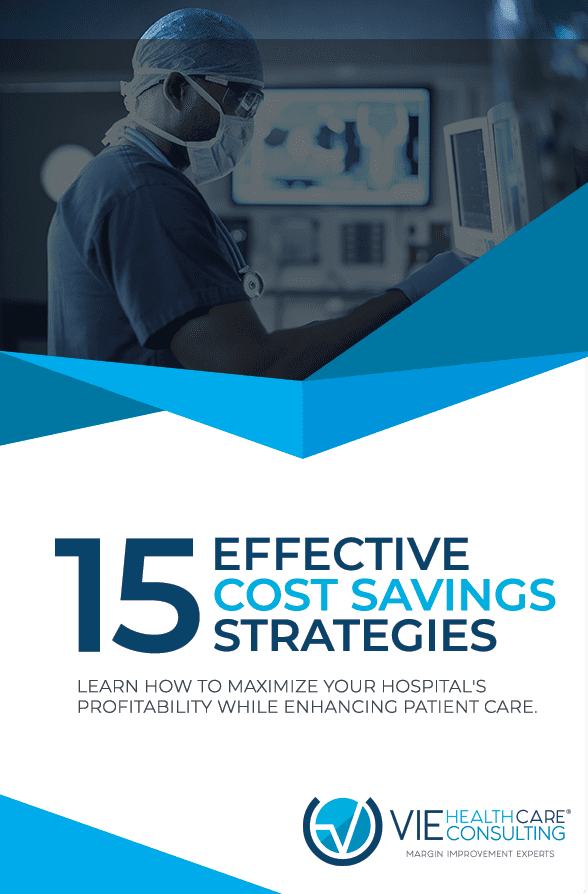Exploring Physicians Spending Habits for Margin Improvements
In the first article in this series, we highlighted several important points about physician preference items, including issues, inefficiencies and discrepancies. Here, in part two, we’ll discuss potential solutions.
One study published by The Milbank Quarterly: A Multidisciplinary Journal of Population Health and Health Policy discussed the value of “standardization strategies.” These strategies are designed to restrict physician choice in one way or another.
“The formulary model restricts the number of choices of manufacturers from which physician preference items are purchased or of the range of products that are bought for a given procedure,” while “the ‘payment-cap model’ does not explicitly restrict particular products or manufacturers but instead standardizes costs by restricting the price paid for products in a particular category.”
Restricting surgeon choice is not a popular approach, but change is never popular. However, change is necessary in a healthcare system that seems to always have rising costs and falling reimbursement rates (https://www.ncbi.nlm.nih.gov/pmc/articles/PMC2690325/).
Education is another way to address the issue of supply chain inefficiencies. Surgeons need to be made aware of similar and even superior products that can be purchased at better prices. Other programs have provided surgeons with the breakdown of costs for a particular surgery they perform and how it compares with the costs for other surgeons to perform the same surgery. This model informs surgeons and creates a safe form of competition which could help reduce a hospital’s spending.
No matter what approach is taken, the relationships affected by any changes implemented must be considered. Click To Tweet
Physicians often have strong ties to sales reps. Perioperative administrators must maintain healthy relationships with surgeons. Hospitals must remain in good standing with the communities they serve. Many hospitals, in an effort to focus their efforts on providing excellent patient care, have partnered with third-party organizations who excel in negotiations and have experience in finding cost savings for hospitals, particularly in the area of supply chain. Whatever steps a hospital takes to contain spending in the supply chain and minimize waste on overpriced PPIs, administrators must understand that doing nothing is no longer an option.
The stakes are too high and the potential savings too great to ignore the impact PPIs have on supply chain inefficiencies.
What has your organization done to minimize supply chain inefficiencies?



